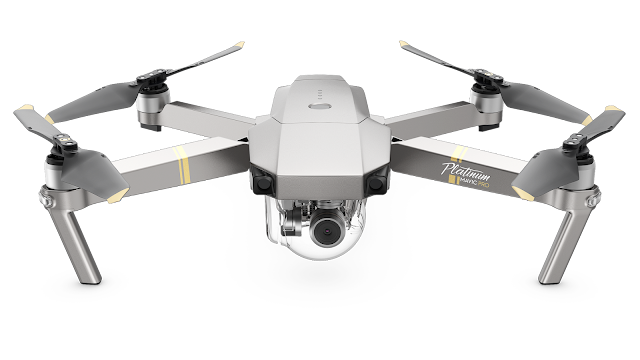Unmanned Aerial Vehicles (UAVs), also known as drones, are a huge part of what we do here at City Labs, and while they are still only just now beginning to be used in mass quantities, they have already taken huge strides and broken into industries that weren’t expected. Let’s talk about what drones are and how we in the STEM industry can use them.
The first industry that likely comes to mind when you think of drone usage is the military. This is, after all, where drones got their start having been developed as automatic, unmanned airplanes used by the US and France during World War 1. Military usage is the biggest use today, being deployed worldwide as target decoys, for supervision, research and development, and combat missions. Due to how convenient they are, how they can perform high profile and time sensitive missions, and the great reduction in losses they will continue to be used by the military and the military will be the driving force behind drone sales.
Drones are also beginning to be used in the commercial industry, as more and more businesses are beginning to incorporate them into their day to day functions. A Business Insider article predicted that the compound annual growth rate for drones in the commercial industry would be 19% from 2015 to the end of 2020, that’s compared to 5% growth from the military. Drones could one day be doing everyday tasks like delivering packages and food, fertilizing crops, and monitoring traffic. Not only could this create an easier quality of life in some areas but it has the potential to increase the US economy (a predicted $82 billion dollar industry with a boost of 100,000 jobs according to AUVSI).
When it comes to the STEM benefits that the drone industry proposes for our youth, drones can teach kids a number of things including aerodynamics, coding, electronics, critical thinking, and cognitive development. It is a general understanding that drones have to have very specific aerodynamics (like any aircraft) in order to take off and fly. Additionally, an understanding of aerodynamics is required to properly fly and maneuver them. Starter building kits such as Flybrix use legos and motors to help young engineers understand the various moving parts that go into the development and use of drones at a beginner level. The environment that you fly your drones in are very likely to change, these types of things are out of our control, so being able to build good critical thinking skills and cognitive reasoning is needed in order for you to react properly to these types of quick and pressured changes. After having a full understanding of flying the drones with remote controls, students can begin to learn programming and coding in order to learn more advanced ways to fly. This not only introduces them to coding and electronics, but it also helps them understand the actual electronics that go into the drones.

Comments
Post a Comment